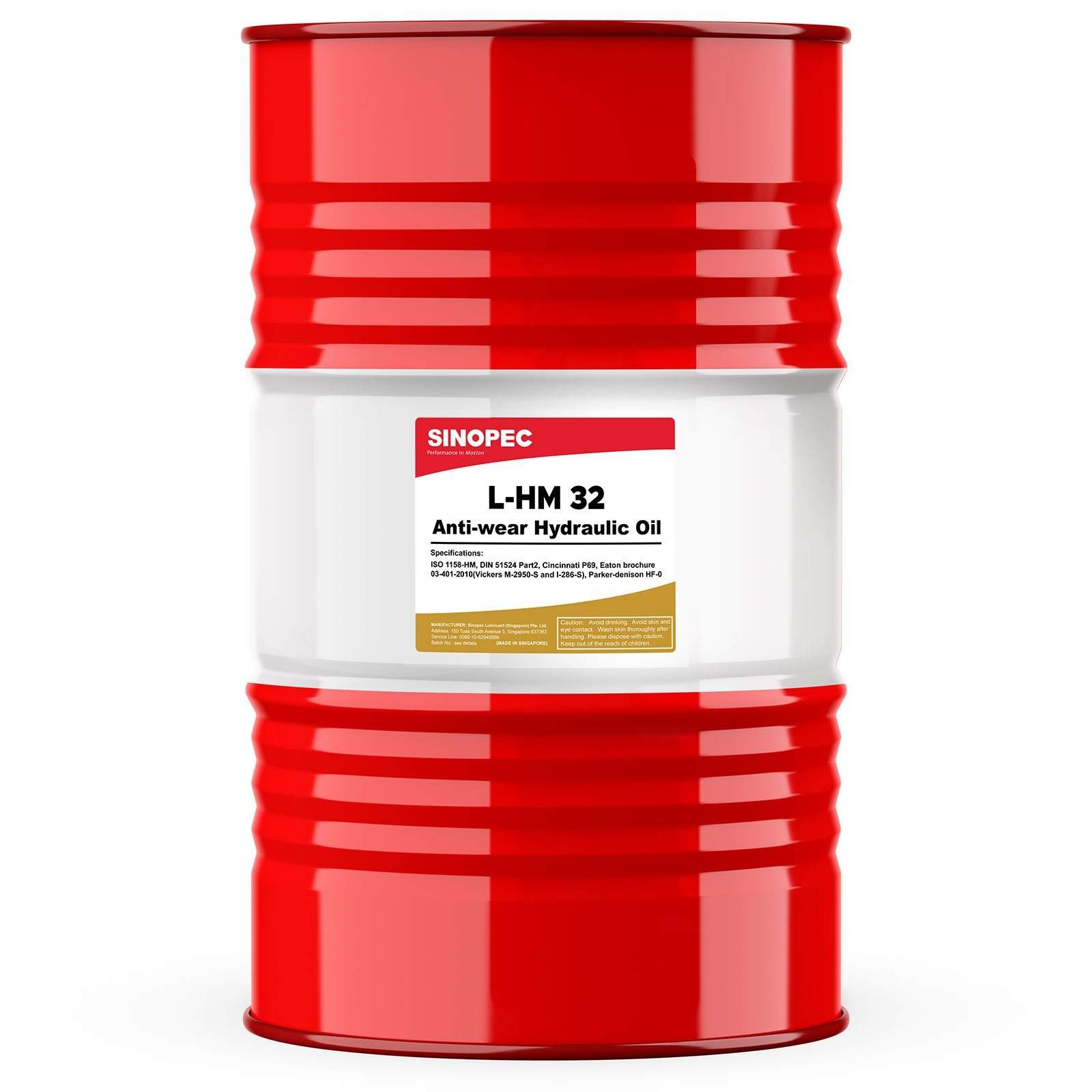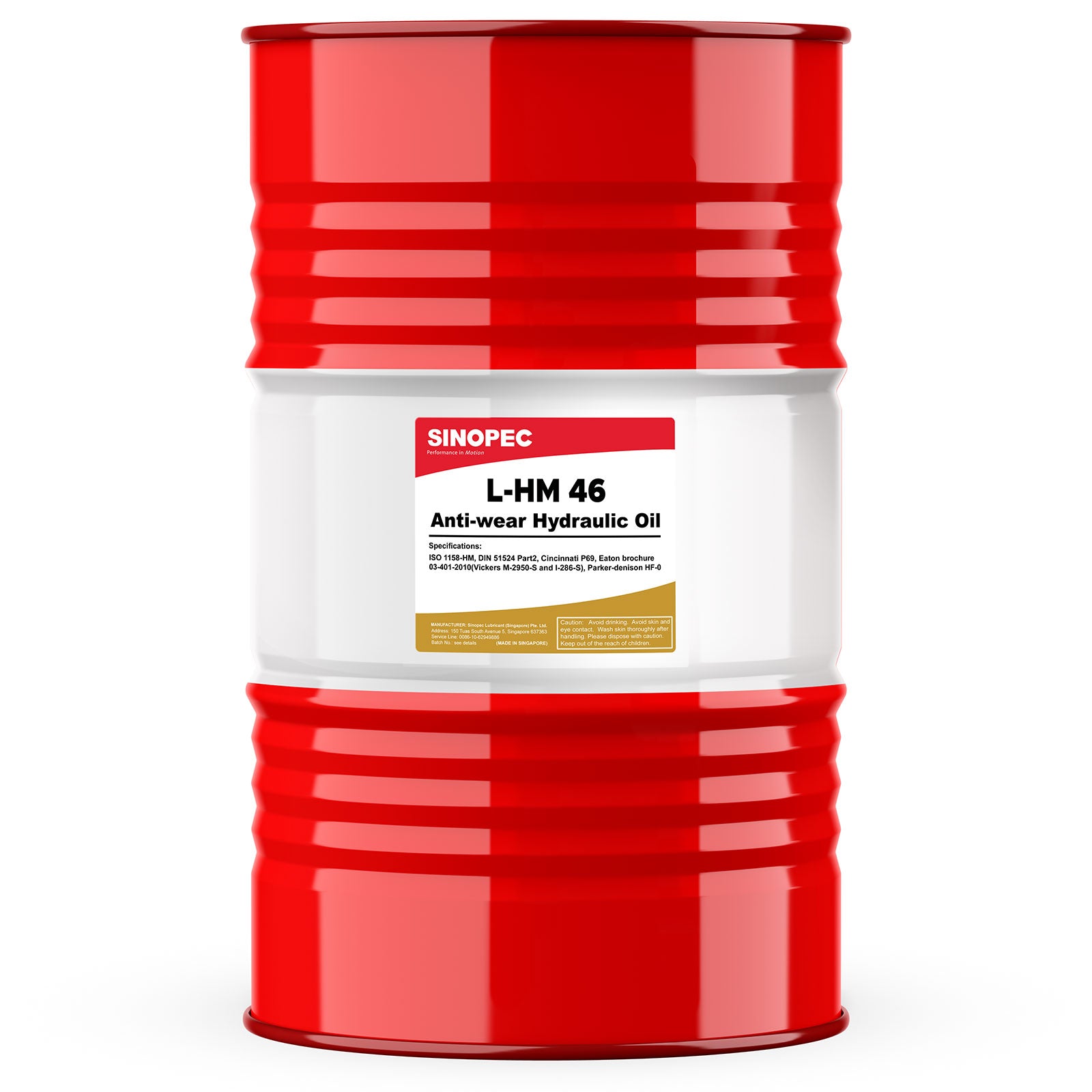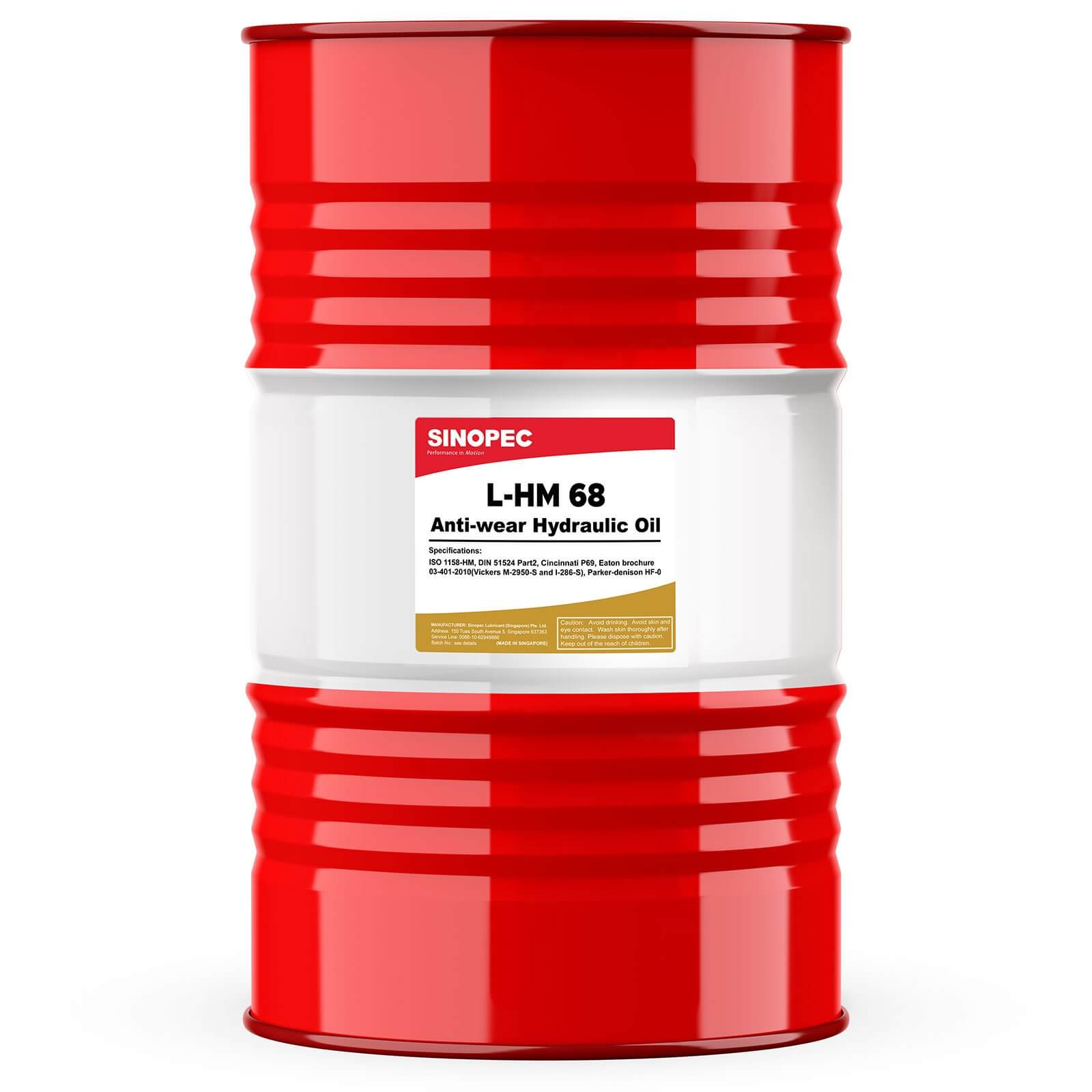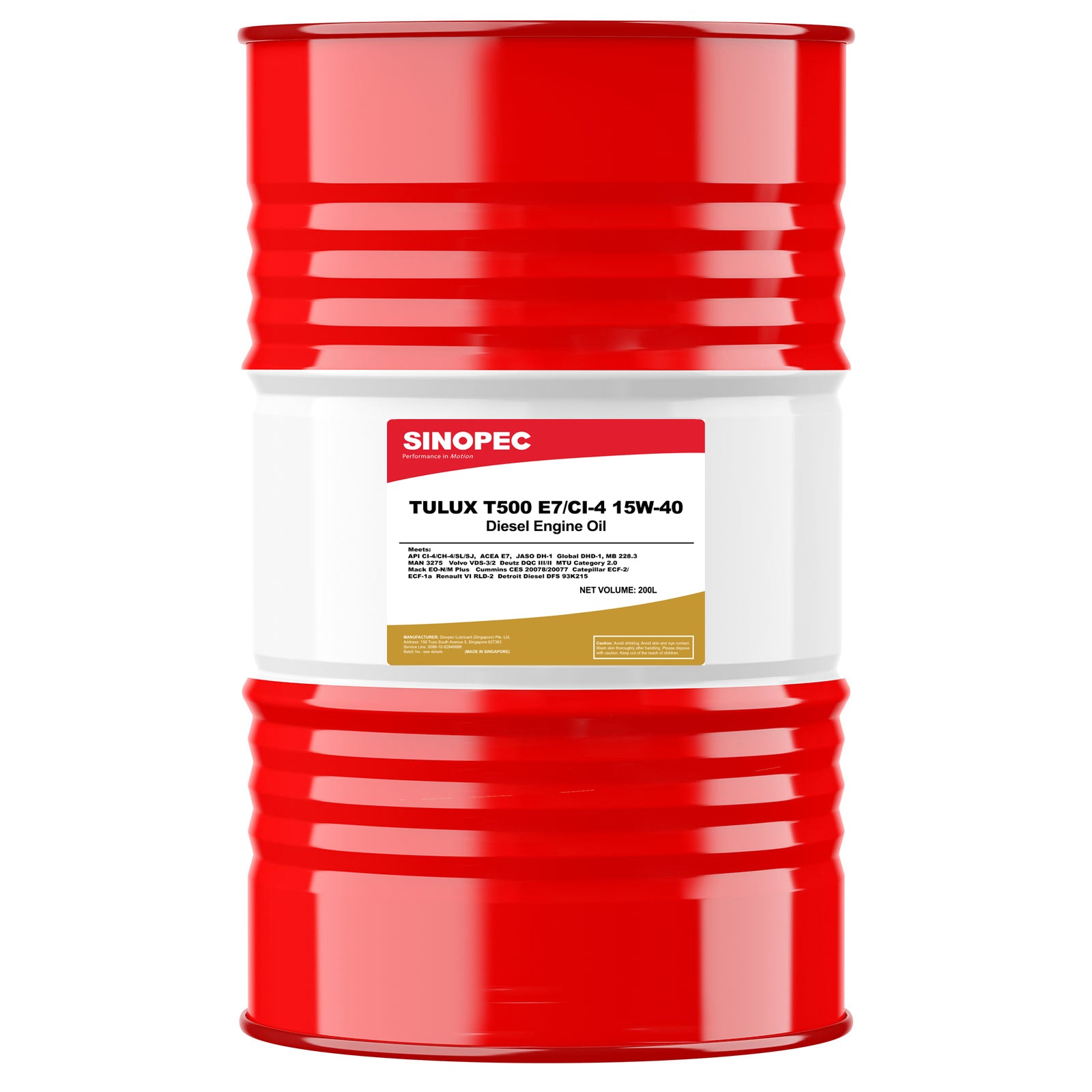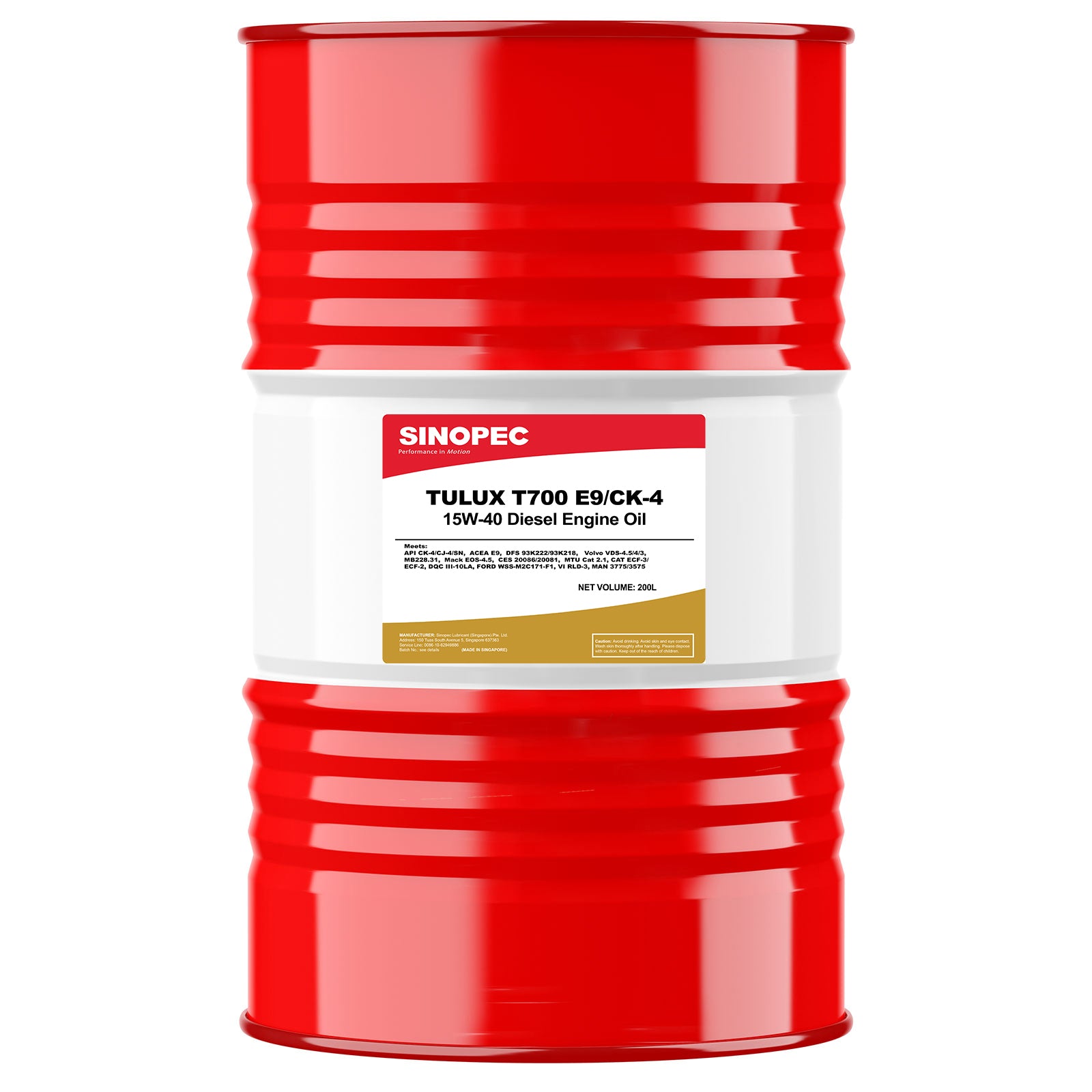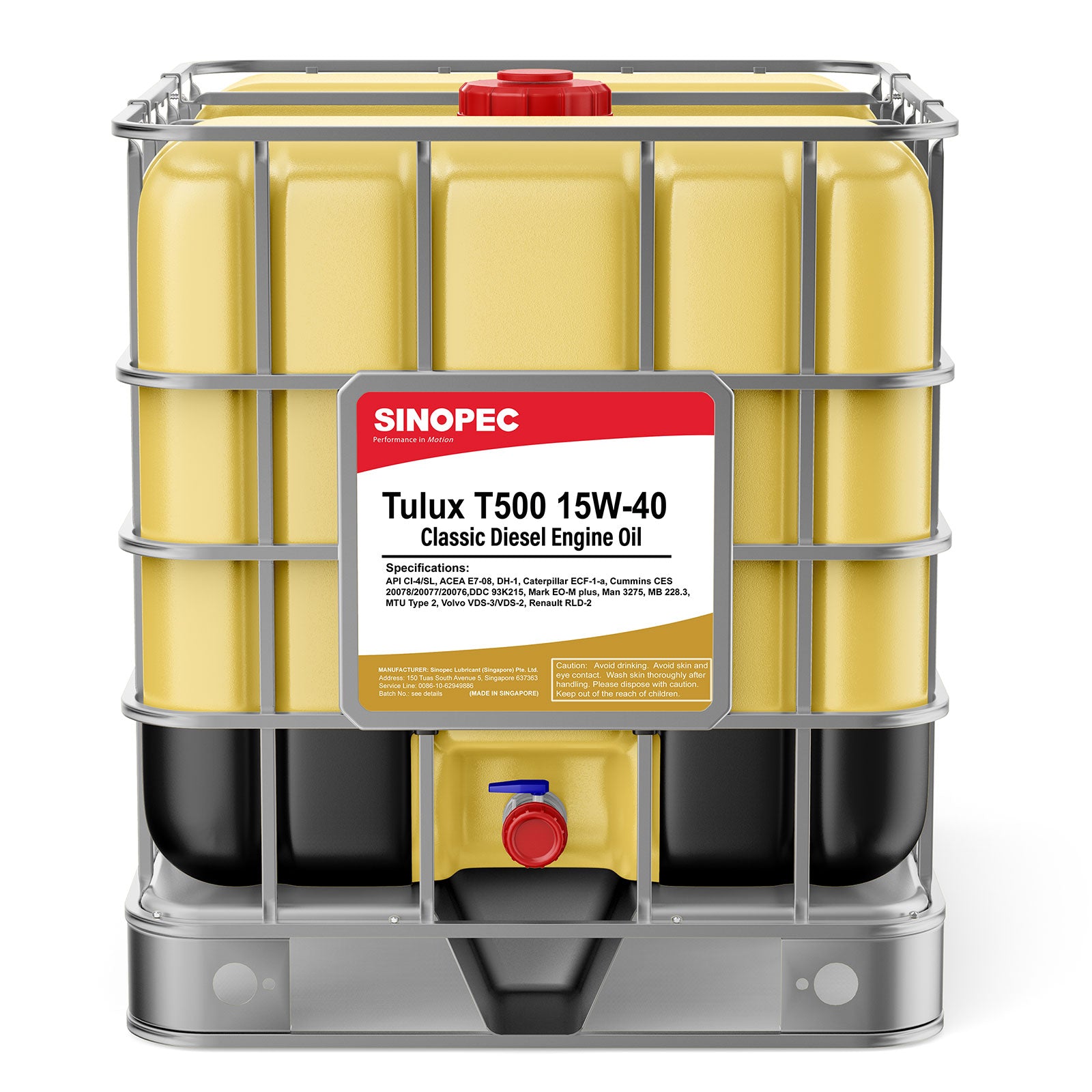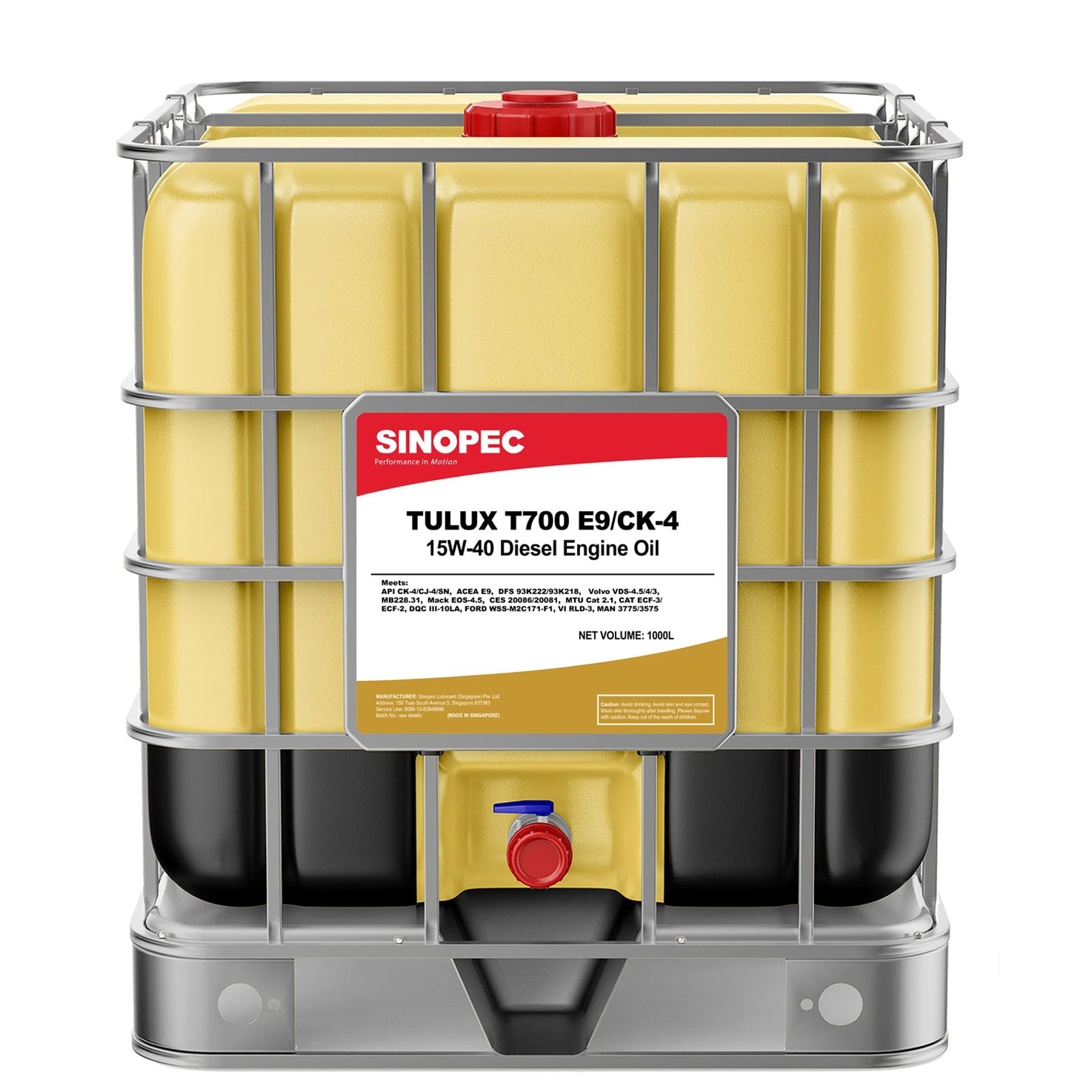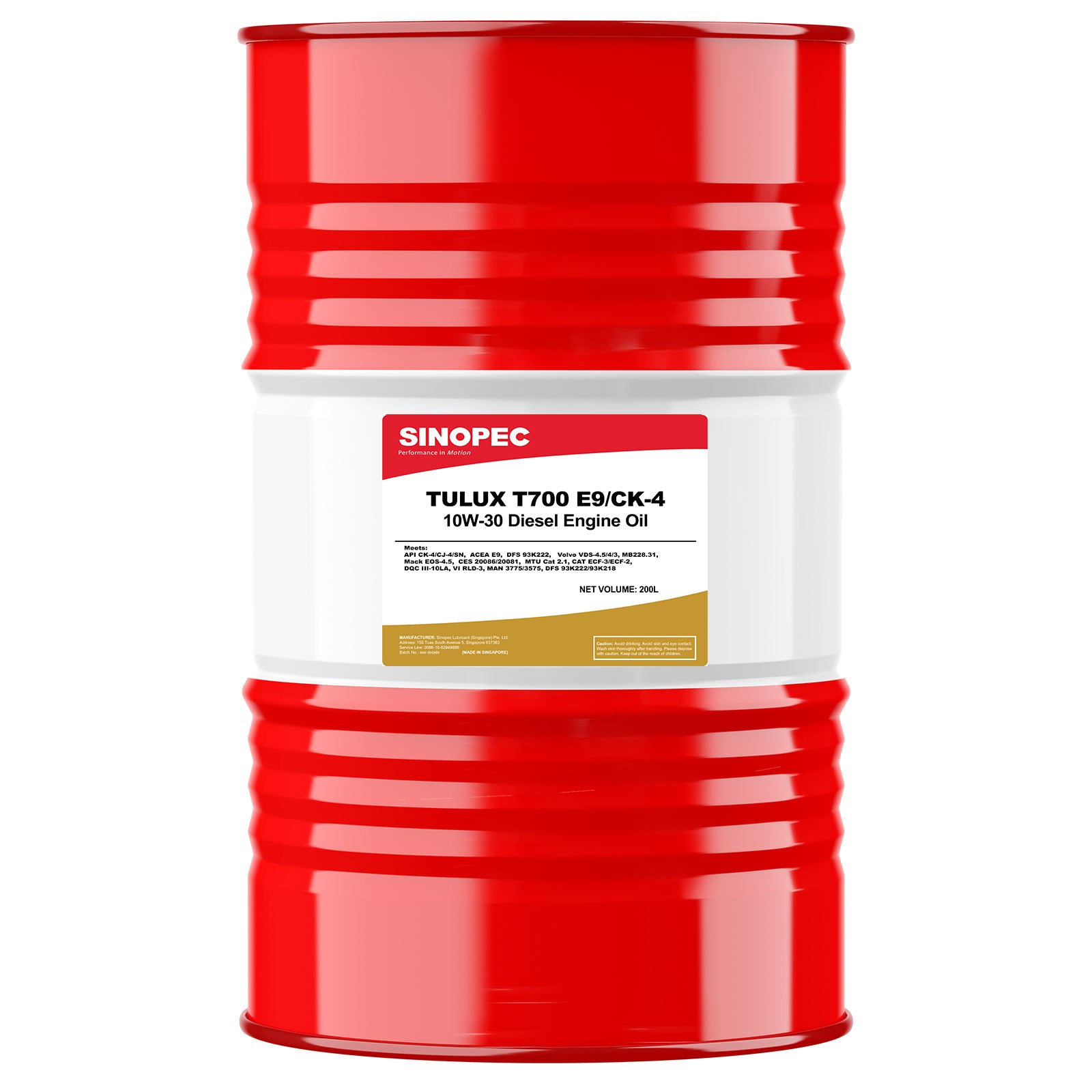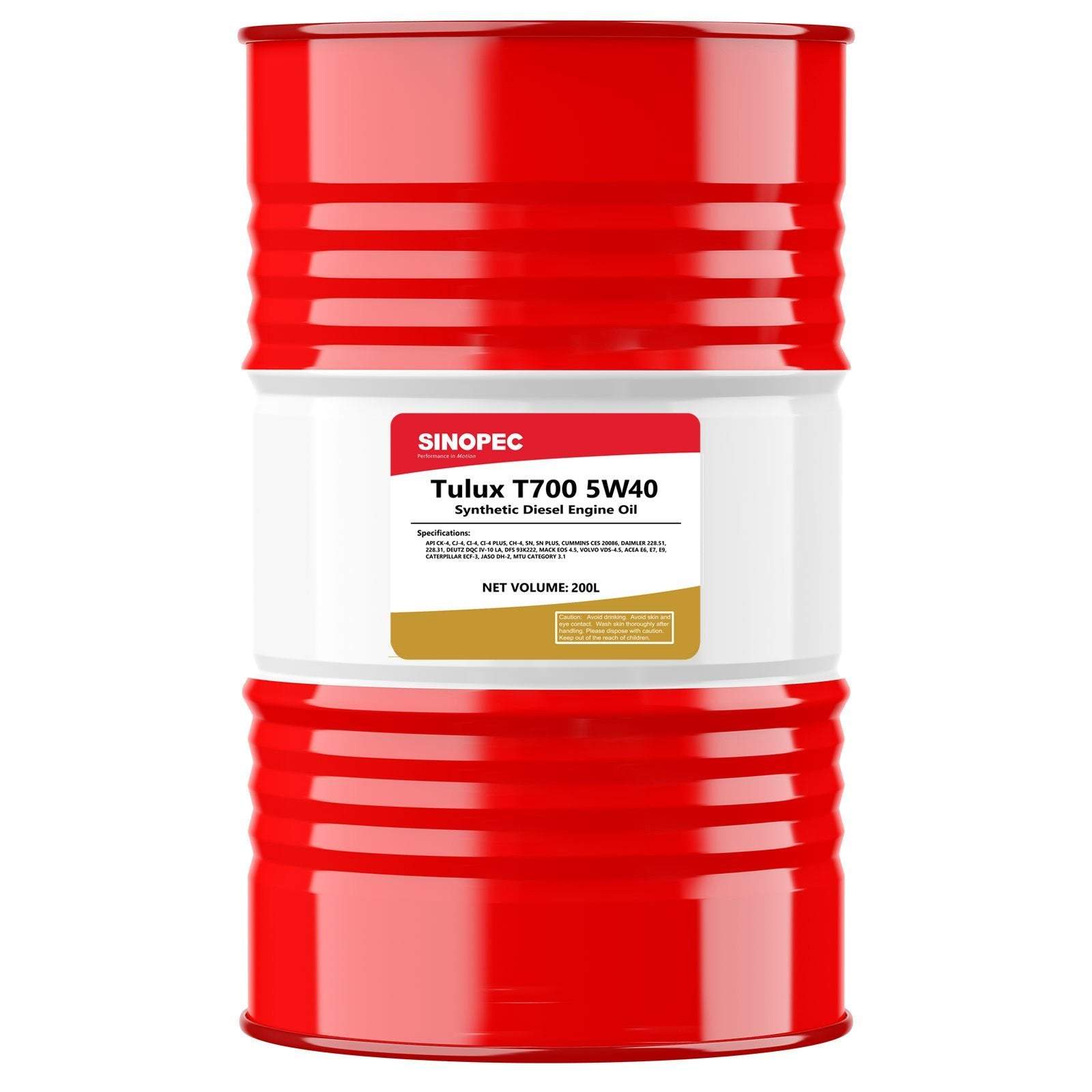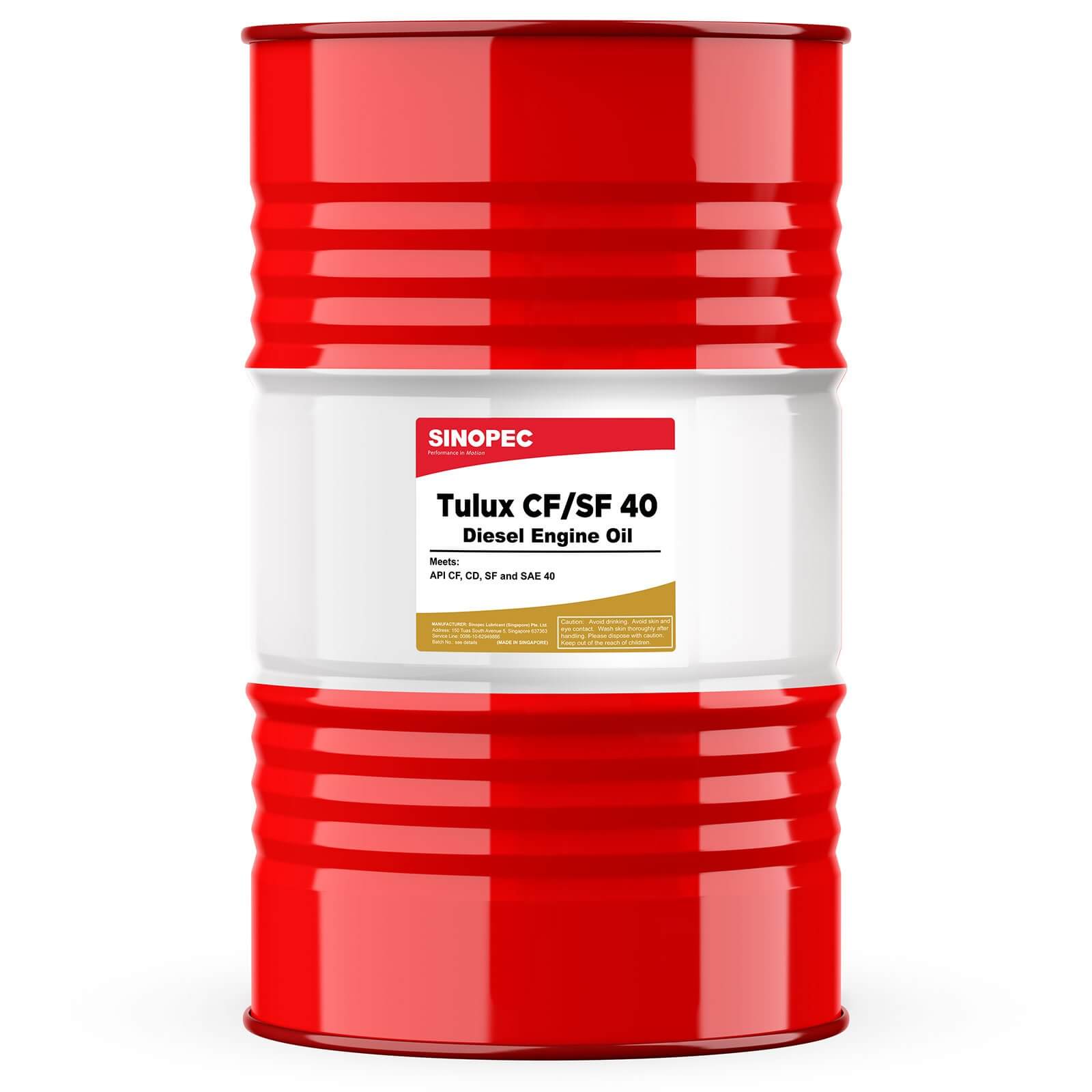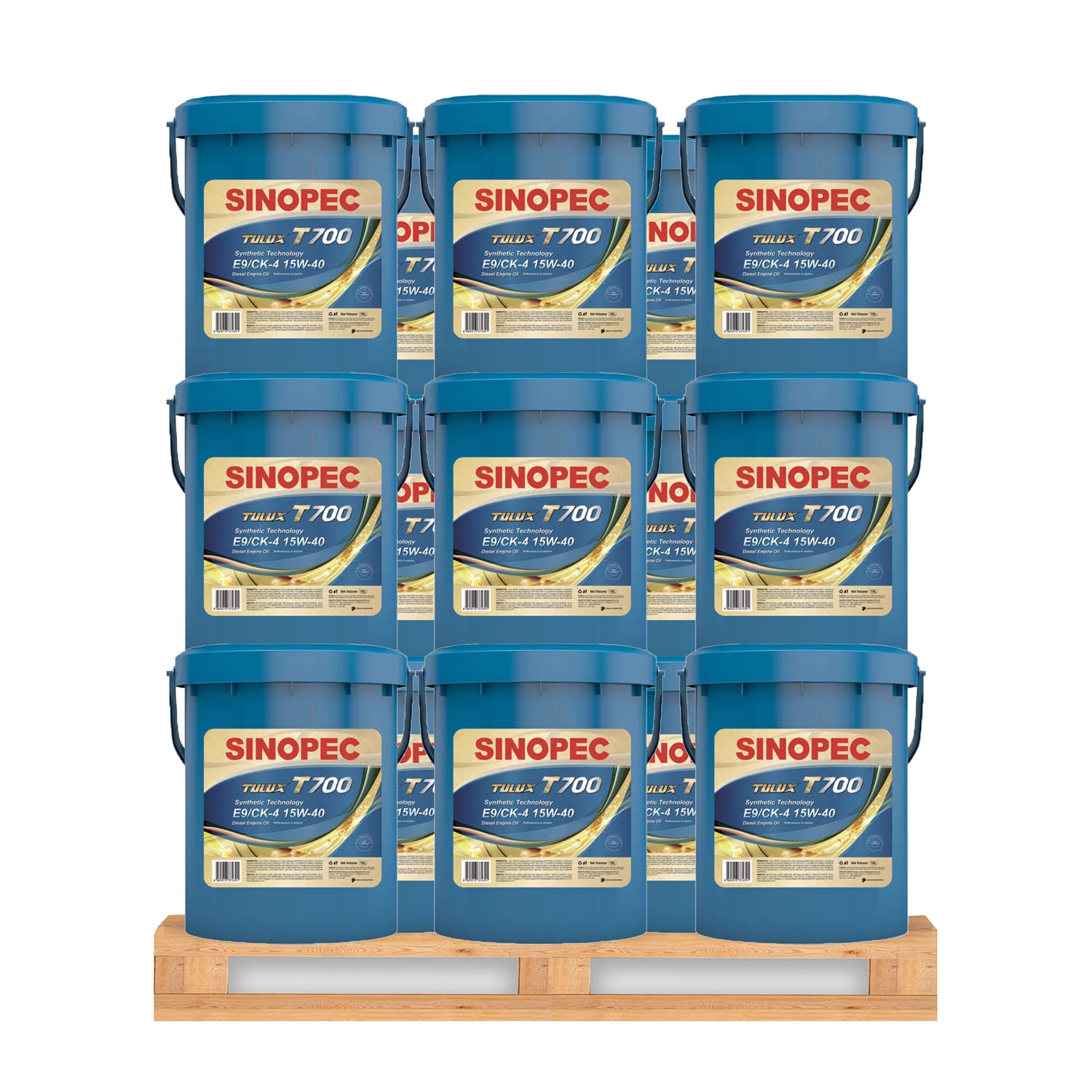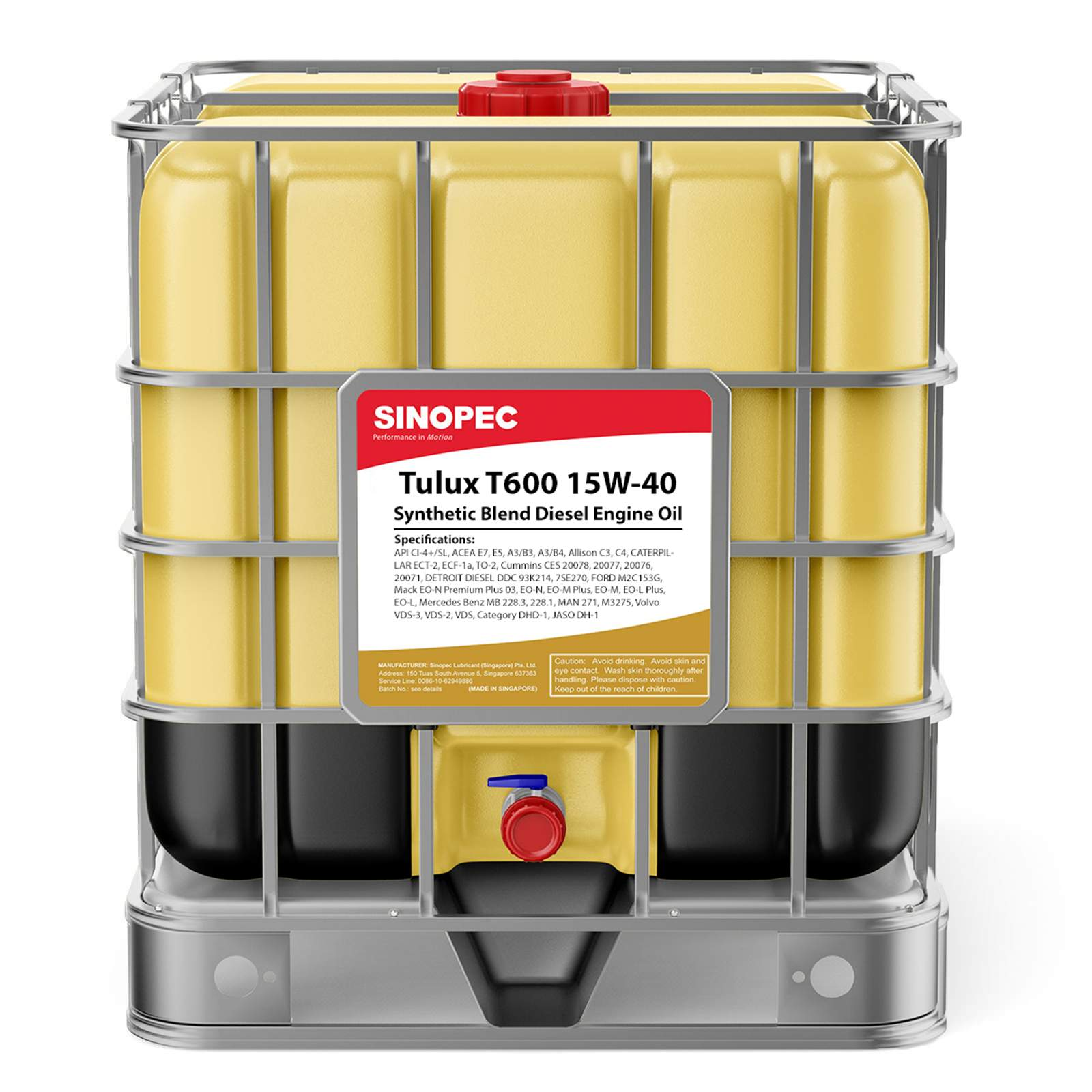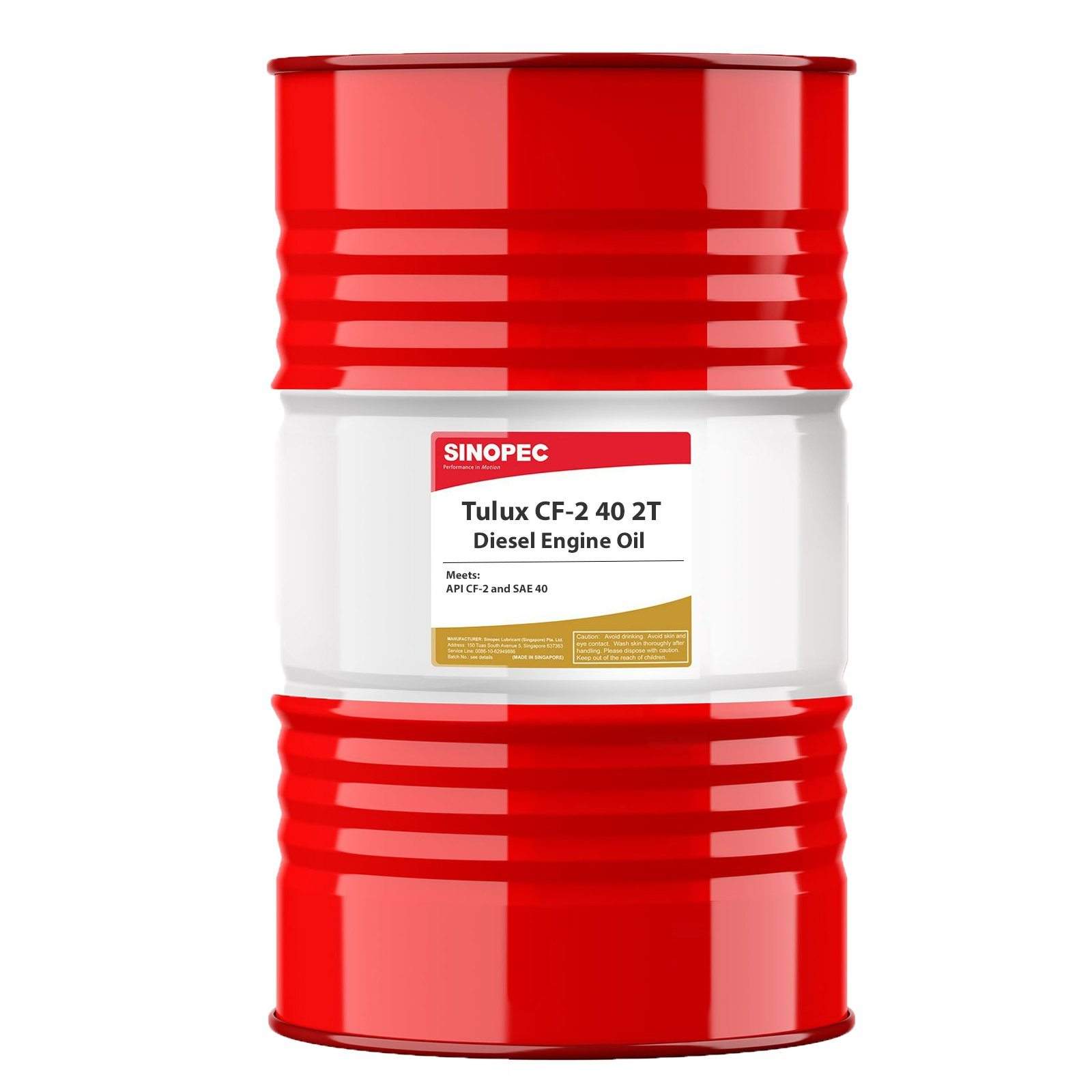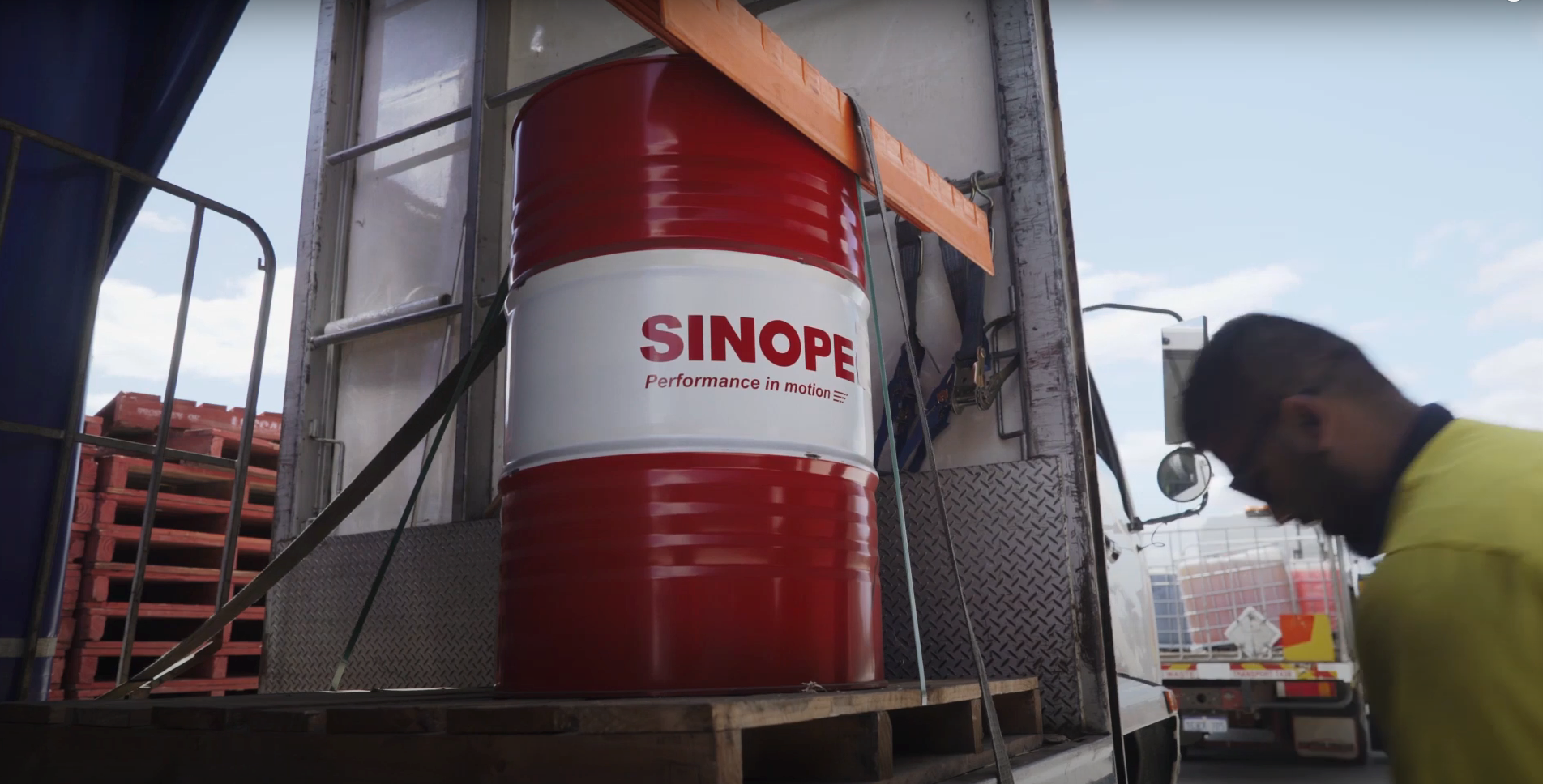Diesel Exhaust Fluid (DEF) is an emissions control liquid required by modern diesel engines. It is injected into the exhaust stream. DEF is never added to diesel fuel. It is a non-hazardous solution of 32.5% urea in 67.5% de-ionized water. DEF is clear and colorless, and looks exactly like water. It has a slight smell of ammonia, similar to some home cleaning agents. DEF is used in by Selective Catalytic Reduction (SCR) technology to remove harmful NOx emissions from diesel engines.
In January 2010, the U.S. Environmental Protection Agency (EPA) brought in new emissions standards requiring medium- and heavy-duty vehicles to significantly reduce engine emissions, particularly NOx and particulate matter (PM). Vehicle manufacturers use SCR to meet these standards. DEF is sprayed into the exhaust, breaking down NOx gases into nitrogen and water using an advanced catalyst system. As a result most new diesel trucks, pickups, SUVs, and vans are now fitted with SCR technology and have a DEF tank that must be regularly refilled.
EPA set the emissions standards to improve air quality. NOx and PM emissions are associated with a wide range of health problems including respiratory and cardiovascular diseases, aggravation of asthma, acute respiratory symptoms, chronic bronchitis and decreased lung function. The EPA estimates that the emission standards will prevent 8,300 premature deaths, more than 9,500 hospitalizations and 1.5 million work days lost due to illness, saving approximately $70.3 billion by 2030.
SCR is a so-called "aftertreatment" technology, which means that it destroys harmful emissions after combustion. This gives manufacturers greater scope to tune engines to improve fuel efficiency and increase power. Owners of SCR vehicles enjoy greater reliability and longer oil change intervals, which add up to impressive operating cost savings over the life of the vehicle
How much Diesel Exhaust Fluid (DEF) will my truck consume?
Diesel Exhaust Fluid (DEF) consumption is measured as a ratio of diesel fuel use, normally termed the "dosing rate" or "treat rate". Medium- and heavy-duty vehicles have a dosing rate of 2-3%. This means that if your truck has a fuel efficiency of six miles per gallon and a dosing rate of 3% it will use approximately 1 gallon of DEF every 200 miles.
HANDLING GUIDE
Diesel Exhaust Fluid (DEF) is a colorless, non-hazardous, and non-flammable chemical. If DEF comes into contact with skin it can simply be washed off with water. DEF is sensitive to chemical impurities and it is essential that it is handled carefully to prevent contamination. DEF is much more likely to be damaged by the materials it touches than to cause damage to equipment.
If DEF is contaminated it may cause the SCR system to malfunction. This means pumps and containers used for DEF must not be used for any other fluids. It is important that tanks, pumps, hoses and nozzles previously used for other products like diesel or lube oil are not used for DEF. The requirements for handling DEF are unique.
The shelf life of DEF is two years if the fluid temperature remains between 12°F (-10°C) and 86°F (30°C). Where DEF is stored outside in bulk tanks or totes then heating and cooling solutions are available to ensure it is kept within the correct temperature range. Cooling is usually achieved by insulation and ventilation. Air conditioning is not required.
The third part of the ISO 2224 standard gives recommendations and requirements for handling, transportation and storing DEF.

